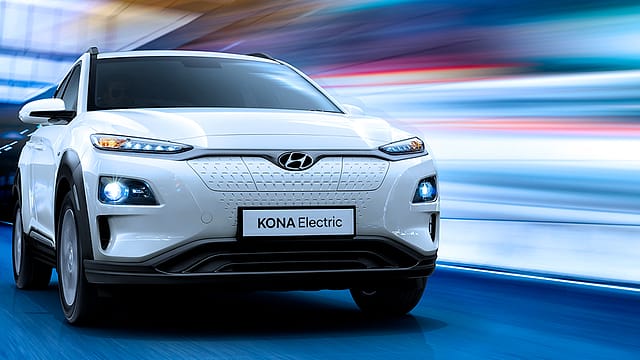Hyundai joins Maruti, Tata, Hero; to hike prices from Jan
ADVERTISEMENT

Hyundai Motor India, the country's second largest automobile manufacturer, has announced price hikes across its model range due to rising input costs. New prices for the Hyundai model range will be implemented from January 2023.
"The company has continued to absorb the rising costs, however, will now pass on a part of the input cost increase through a revision in prices across its model range. HMIL will continue to make consistent internal efforts to minimise price impact to customers," Hyundai India said today.
The price hike decision by Hyundai follows India's largest PV maker Maruti Suzuki, auto giant Tata Motors and two-wheeler market leader Hero MotoCorp’s decision to hike prices across ranges to offset rising input costs in the wake of high inflation.
Maruti said it continues to see increased cost pressure driven by overall inflation and recent changes in rules by the government, which has forced it to increase prices.
Tata Motors said it'll hike the prices of its entire range of commercial vehicles by 2% from January 2023. It said the steep rise in overall input costs has compelled it to pass on some proportion through this minimal price hike. The country’s largest two-wheeler company, Hero MotoCorp, also increased motorcycle prices by up to ₹1,500 from December 1, 2022, on inflationary pressure.
December 2025
The annual Fortune 500 India list, the definitive compendium of corporate performance, is out. This year, the cumulative revenue of the Fortune 500 India companies has breached $2 trillion for the first time. Plus, find out which are the Best B-schools in India.
According to the data shared by the Federation of Automobile Dealers Association (FADA) last week, Maruti Suzuki remains India's largest PV company, with a market share of 41.01%. It sold 1,23,409 units in November. Hyundai India, which holds the second spot, grabbed a 14.91% market share and sold 44,859 units. It is a subsidiary of South Korean giant Hyundai Motor and sells popular models like GRAND i10 NIOS, i20, AURA, VENUE, CRETA, ALCAZAR, TUCSON & KONA Electric, in India.
The Indian auto industry has been struggling to come out of crises since the pre-pandemic period. The year 2022 marked an economic slowdown, which severely impacted the industry. This was followed by a shift from BS-IV to far more stringent BS-VI norms right in the middle of the Covid-19 lockdown. The pandemic brought further economic uncertainty along with a shortage of semiconductors due to supply-chain disruptions. The year 2022 has seen marred by the Russia-Ukraine conflict and the subsequent global economic slowdown that pushed the prices up, putting huge pressure on companies.
Against all odds, the Indian auto industry seems to be on the recovery track, with the PV retail sales growing 25.71% year-on-year (YoY) to 23,80,465 units in November. This also shows market resilience to price hikes triggered by rising input costs.
November 2022 clocked the highest retails in the history of the Indian Automobile Industry with March’20 as an exception when retails were higher due to BS-4 to BS-6 transition. This came after the positive run of festive sales, followed by the Great Indian Wedding Season (from 14th November to 14th December), wherein around 32 lakh weddings were solemnised across the country.
